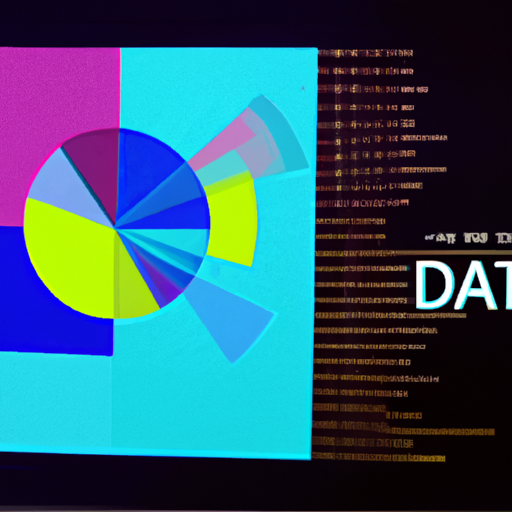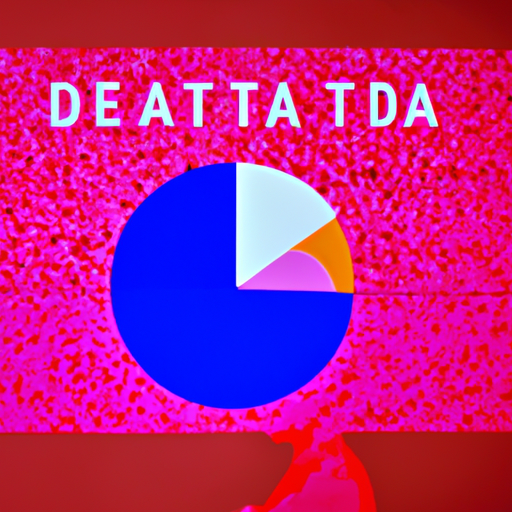
-
Table of Contents
- The Art of Data: Infographics as Visual Poetry
- What are Infographics?
- The Power of Visual Communication
- The Artistic Elements of Infographics
- Infographics in Various Fields
- Journalism:
- Marketing:
- Education:
- Healthcare:
- Case Studies: Memorable Infographics
- 1. “The Billion Dollar-o-Gram” by David McCandless:
- 2. “The Evolution of the Web” by Vizzlo:
- 3. “The Periodic Table of Elements” by Keith Enevoldsen:
- The Future of Infographics
- Summary
The Art of Data: Infographics as Visual Poetry

Infographics have become an increasingly popular way to present complex information in a visually appealing and easily digestible format. These visual representations of data have the power to engage and captivate audiences, making them an effective tool for communication in various fields. In this article, we will explore the art of data and how infographics can be considered as visual poetry.
What are Infographics?
Infographics are graphic visual representations of information, data, or knowledge. They combine text, images, and design elements to convey complex ideas in a simplified and visually appealing manner. Infographics can take various forms, including charts, diagrams, maps, timelines, and more. They are designed to present information in a way that is easy to understand and remember.
The Power of Visual Communication
Humans are visual creatures, and our brains are wired to process visual information more efficiently than text. Research has shown that people remember only 10% of information they hear after three days, but when a relevant image is paired with that information, the retention rate increases to 65%. This highlights the power of visual communication and the impact it can have on our understanding and memory.
Infographics leverage this power by transforming complex data into visually appealing and engaging designs. By using colors, icons, and illustrations, infographics can capture attention and convey information more effectively than plain text. They provide a visual narrative that guides the viewer through the data, making it easier to comprehend and remember.
The Artistic Elements of Infographics
Infographics are not just about presenting data; they are also a form of art. Just like poetry, infographics require careful consideration of elements such as composition, rhythm, balance, and aesthetics. The design choices made in an infographic can greatly impact its effectiveness and appeal.
Here are some artistic elements that contribute to the beauty and impact of infographics:
- Color: The choice of colors in an infographic can evoke emotions, create contrast, and highlight important information. Colors can be used to represent different data categories or to create a visual hierarchy.
- Typography: The use of different fonts and typography styles can add personality and visual interest to an infographic. It can also help guide the viewer’s attention and emphasize key points.
- Icons and Illustrations: Visual elements such as icons and illustrations can make complex concepts more accessible and engaging. They can also add a touch of creativity and uniqueness to the design.
- Layout: The arrangement of elements within an infographic plays a crucial role in its readability and flow. A well-organized layout guides the viewer’s eye and ensures that information is presented in a logical and coherent manner.
Infographics in Various Fields
Infographics have found their place in a wide range of fields, including journalism, marketing, education, and healthcare. Let’s explore some examples of how infographics are used in different contexts:
Journalism:
Infographics have become a valuable tool for journalists to present complex data and statistics in a visually compelling way. They can be used to explain trends, compare data, or provide context to news stories. For example, during the COVID-19 pandemic, infographics were widely used to illustrate the spread of the virus, the effectiveness of preventive measures, and the impact on different regions.
Marketing:
In the world of marketing, infographics are used to communicate product features, showcase statistics, and tell brand stories. They are often shared on social media platforms, where their visual appeal helps grab attention and increase engagement. For instance, a company selling eco-friendly products might use an infographic to highlight the environmental benefits of their offerings.
Education:
Infographics are a valuable educational tool as they simplify complex concepts and make learning more engaging. Teachers can use infographics to explain scientific processes, historical events, or mathematical concepts. Students can also create their own infographics to demonstrate their understanding of a topic. For example, an infographic could be used to explain the water cycle or the causes of the American Revolution.
Healthcare:
In the healthcare field, infographics are used to educate patients about medical conditions, treatment options, and preventive measures. They can help simplify medical jargon and make information more accessible to a wider audience. For instance, an infographic could be used to explain the symptoms and risk factors of diabetes or to illustrate the benefits of a healthy lifestyle.
Case Studies: Memorable Infographics
Let’s take a look at some real-life examples of infographics that have made a lasting impact:
1. “The Billion Dollar-o-Gram” by David McCandless:
This infographic visualizes the amounts of money that various organizations and individuals earn or spend. It uses a creative design that represents each amount as a block, creating a visually striking representation of the data. This infographic became widely shared and recognized for its unique approach to visualizing large numbers.
2. “The Evolution of the Web” by Vizzlo:
This infographic presents the history and evolution of the internet in a visually appealing timeline format. It uses icons and illustrations to represent key milestones and technologies, making it easy to follow the progression of the web. This infographic gained popularity for its informative and aesthetically pleasing design.
3. “The Periodic Table of Elements” by Keith Enevoldsen:
This infographic takes the form of a periodic table and provides detailed information about each element. It uses color coding, symbols, and concise descriptions to present complex scientific data in a visually organized manner. This infographic has been widely used in classrooms and educational materials to teach chemistry.
The Future of Infographics
As technology continues to advance, the future of infographics looks promising. With the rise of interactive and animated infographics, data visualization is becoming even more engaging and immersive. Virtual reality and augmented reality technologies also hold the potential to revolutionize the way we interact with and understand data.
Furthermore, as data becomes more abundant and complex, infographics will play a crucial role in making sense of this information overload. They will continue to be a powerful tool for simplifying complex ideas, telling stories, and engaging audiences across various fields.
Summary
Infographics are not just a means of presenting data; they are a form of visual poetry. By combining art and information, infographics have the power to engage, educate, and inspire. They simplify complex ideas, make data more accessible, and enhance our understanding and memory. Infographics are used in journalism, marketing, education, and healthcare to communicate information effectively. With advancements in technology, the future of infographics looks promising, with interactive and immersive experiences on the horizon. As
